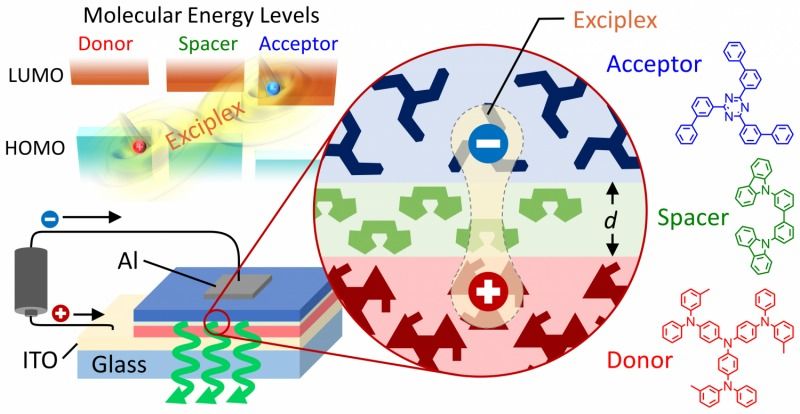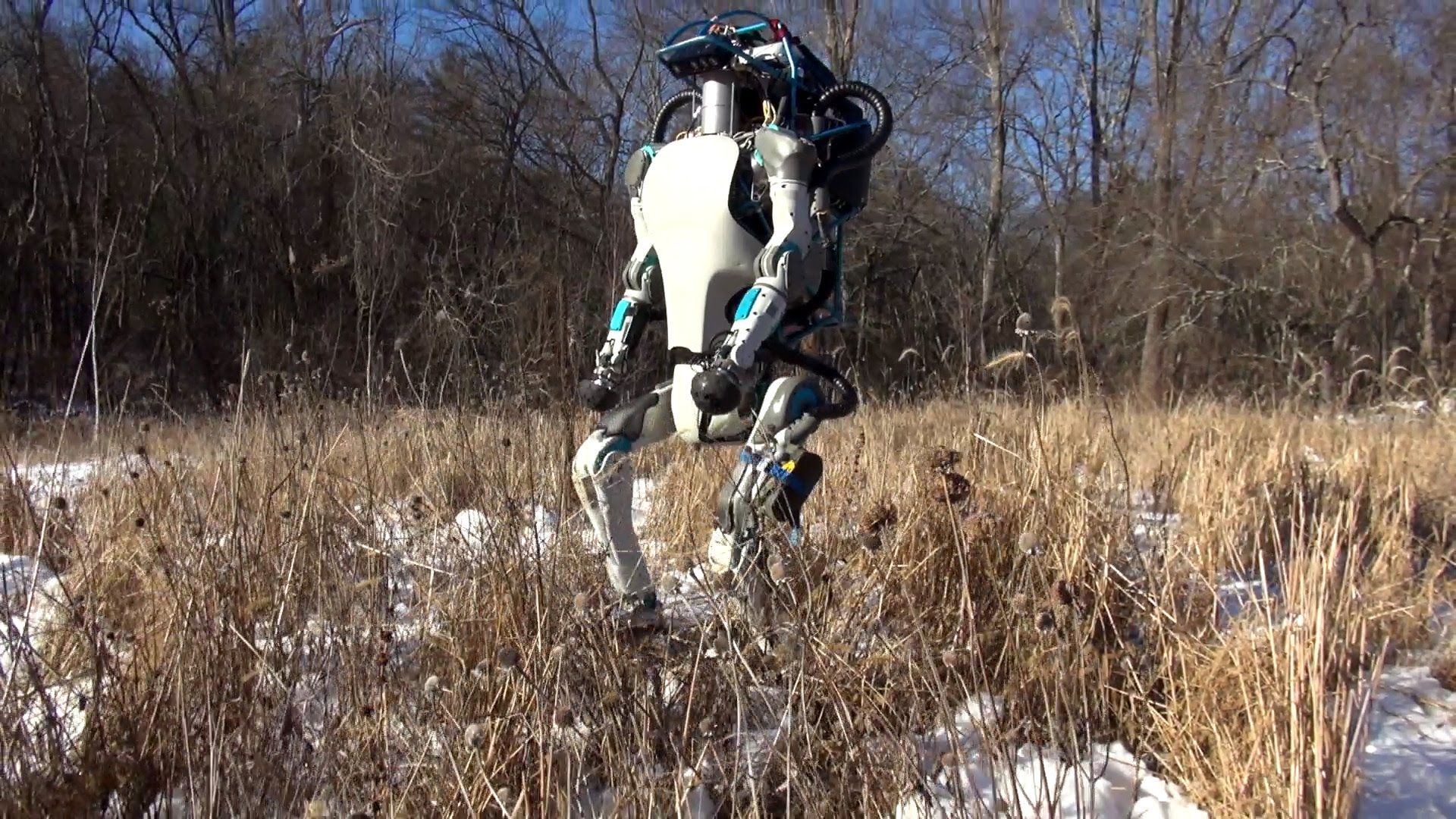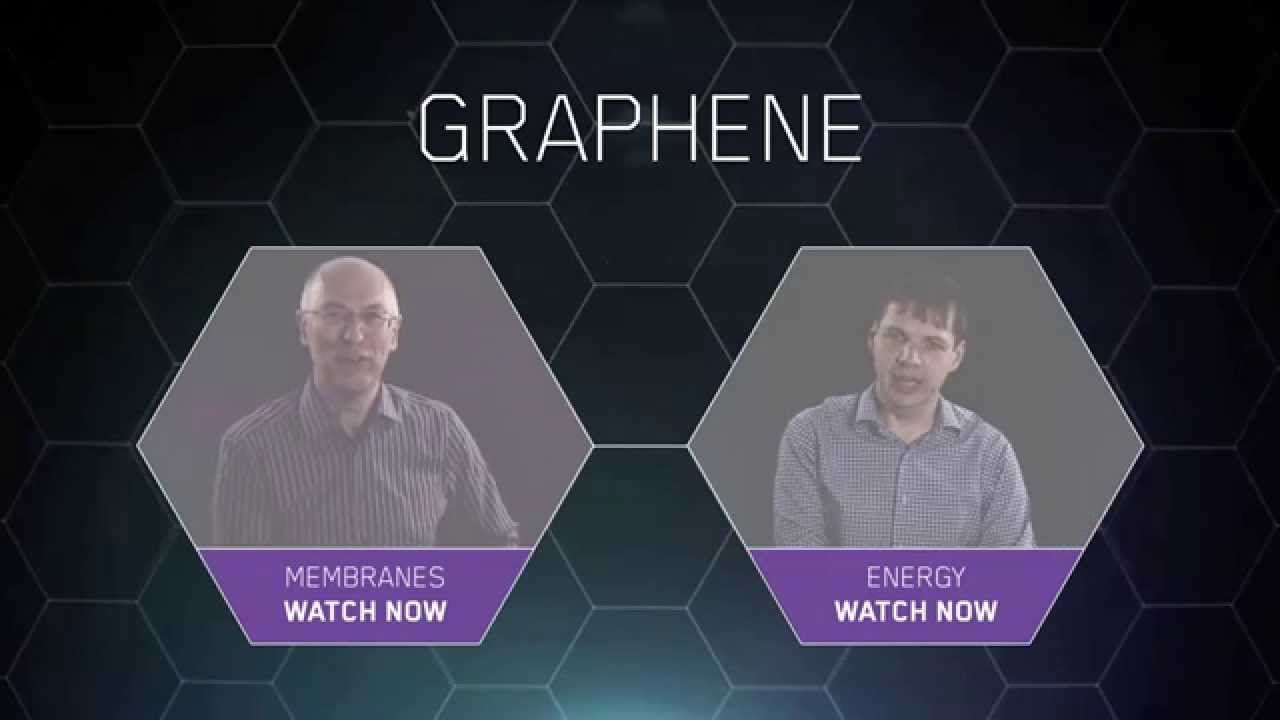Feb 29, 2016
Quantum dot solids: a new era in electronics?
Posted by Sean Brazell in categories: electronics, energy, quantum physics
Just as the single-crystal silicon wafer forever changed the nature of communication 60 years ago, Cornell researchers hope their work with quantum dot solids — crystals made out of crystals — can help usher in a new era in electronics.
Continue reading “Quantum dot solids: a new era in electronics?” »















